15 is the age when children happily go to school to study and make friends. But for Dorothy Counts, it was a challenging time she’d never forget.
Attending Harry Harding High School in Charlotte, she faced intense racial discrimination. She endured insults, humiliation, and even physical violence from classmates, all while being ignored by teachers.
If you were her, what would you do? Would you endure quietly until graduation, or would you be brave to confront it?
She didn’t let fear dictate her actions. Instead, she fearlessly faced the discrimination, believing that befriending someone could make a difference.
Dorothy Counts’s first bad day of school
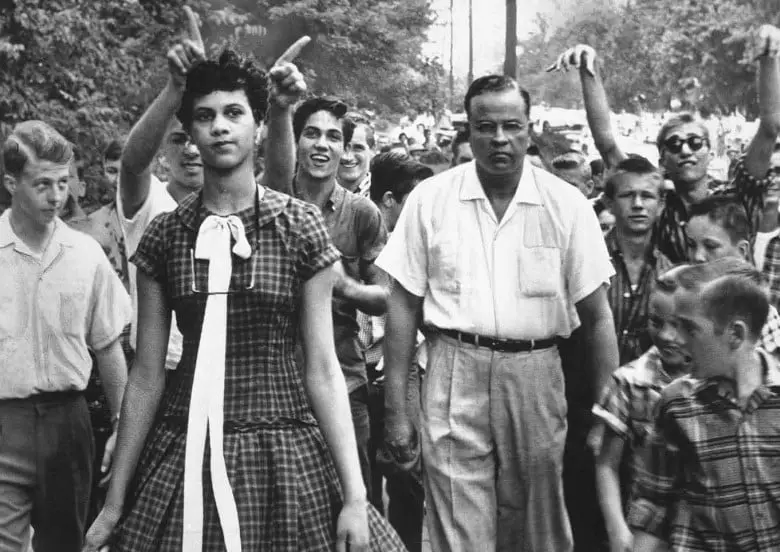
In 1956, after the passing of the Pearsall Plan, forty Black students from North Carolina sought transfers to white schools.
Dorothy Counts, 15 years old, became one of four Black students attending all-white schools in the district. She was enrolled at Harry Harding High School in Charlotte, North Carolina.
On her first day of school, Dorothy’s father dropped her off along with family friend Edwin Thompkins. As they were unable to drive closer to the front entrance, Edwin offered to escort Dorothy while her father parked the car.
When Dorothy stepped out of the car, her father told her, “Hold your head high. You are inferior to no one.” These words of encouragement stayed with Dorothy as she faced the challenges ahead.
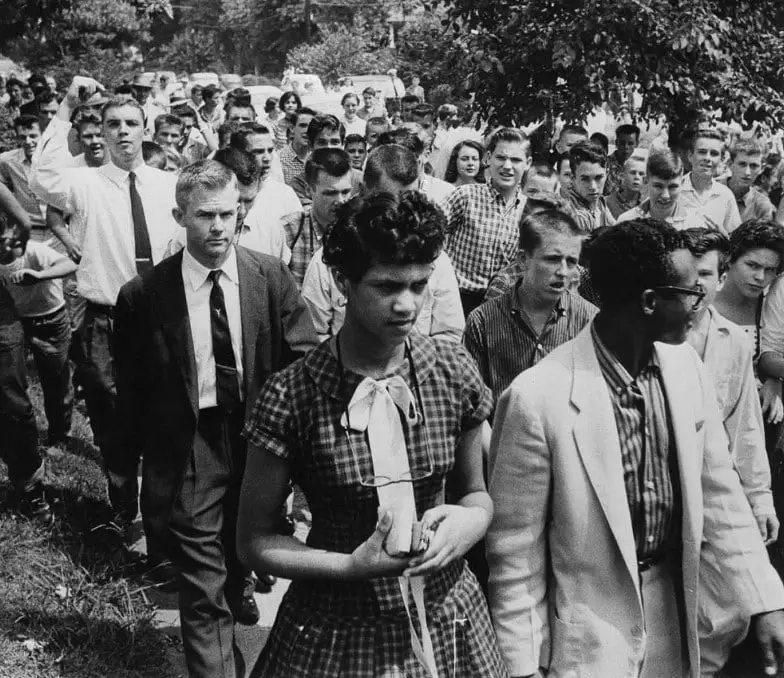
Around 200 to 300 people, mostly students, were gathered in the crowd. The harassment began when Emma Marie Taylor Warlick, wife of White Citizens Council officer John Z.
Warlick urged the boys to “keep her out” and at that time encouraged the girls to spit on her, saying: “Spit on her, girls, spit on her.” Despite this, Elizabeth remained composed as she walked past.
She later told the press that rocks were thrown at her, though they mostly fell at her feet. Students formed barriers, but they moved aside at the last moment to allow her to pass.
Douglas Martin captured an image of Counts being mocked by a crowd on her first day of school and it earned this photographer won the 1957 World Press Photo of the Year
After entering the building, she went into the auditorium to sit with her class. Unfortunately, the harassment she faced outside the school continued inside, with racial slurs constantly shouted at her.
She recalled feeling abandoned by the adults, as no one intervened to protect her during this time. Even when she went to her homeroom to collect her books and schedule, she was met with indifference.
Because of the heavy racial discrimination, her parents asked if she wanted to continue attending Harry Harding High School.
Determined to give it a chance, she expressed her hope that things would be better once her classmates got to know her better.
Become a victim of racism during the school days
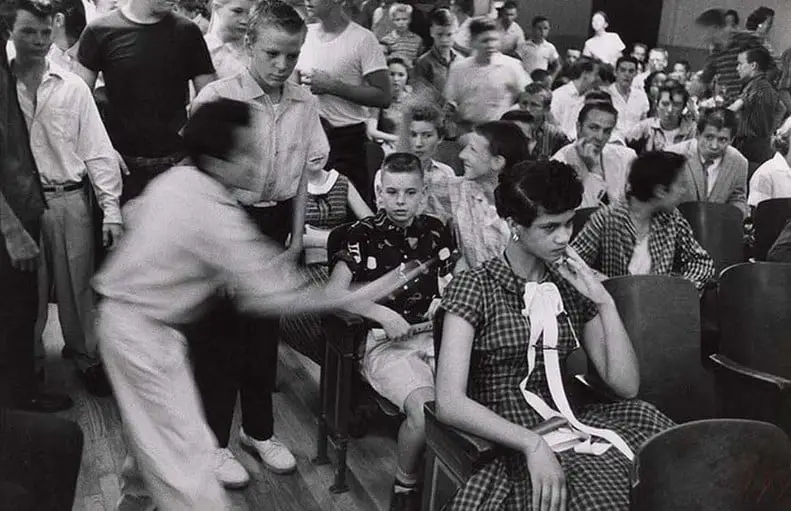
The next day, she woke up feeling ill. With a fever and a sore throat, she decided to stay home from school that Friday. However, she returned on Monday despite still feeling under the weather. To her surprise, there was no welcoming crowd outside the school.
Instead, both students and teachers were taken aback by her return and began to mistreat the fifteen-year-old girl. In class, she found herself seated at the back, ignored by her teacher.
The following day, during lunchtime, a group of boys surrounded her and spat in her food. Feeling distressed, she went outside where she met another new student from her homeroom class.
This student, also new to Charlotte and the school, struck up a conversation with her. When she got home, she shared with her parents that making a friend had made her feel better and less alone.
After the incident during lunch, Counts’ parents suggested that they pick her up during lunchtime so she could eat in peace.
This small gesture aimed to protect her from further harassment and provide her with some comfort during a difficult time.
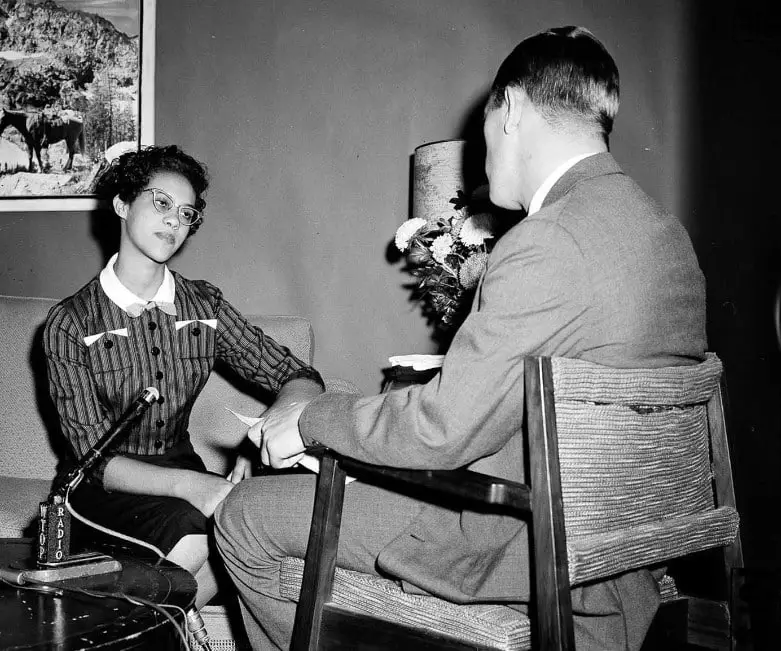
On Wednesday, Counts encountered the young girl in the hallway, but the girl ignored her and hung her head low. Later, during lunch, someone threw a blackboard eraser at her and hit her on the back of the head.
Disturbed by this incident, she went outside to meet her oldest brother for lunch, only to find a crowd surrounding their family car, with the back windows shattered. This was the first time she felt truly afraid, as it seemed her family was now being attacked.
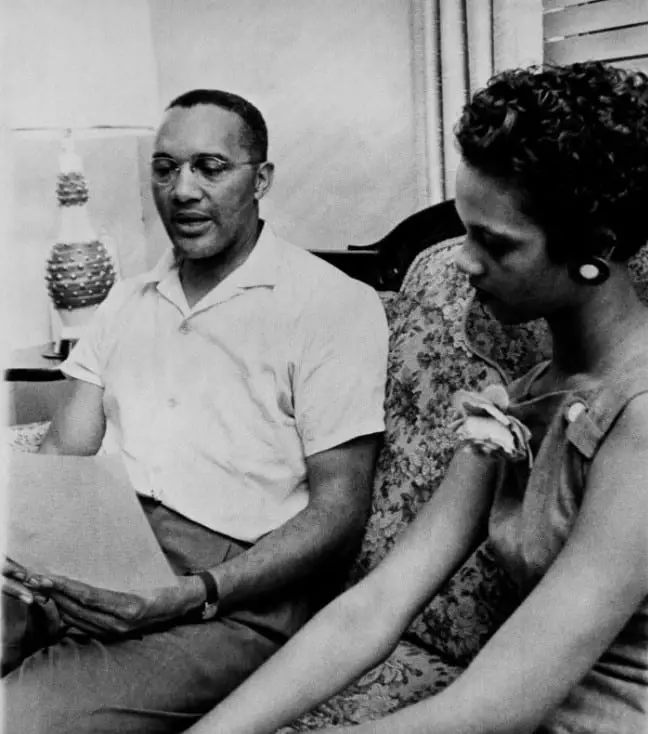
Counts told her family what had happened. Her father took action, contacting the school superintendent and the police to report the incidents. However, the superintendent claimed to be unaware of the situation at Harry Harding High School, and the police chief couldn’t guarantee Counts’ safety. After having this conversation, her father made the decision to withdraw her from the high school for her own protection. He said in a statement:
“It is with compassion for our native land and love for our daughter Dorothy that we withdraw her as a student at Harding High School. As long as we felt she could be protected from bodily injury and insults within the school’s walls and upon the school premises, we were willing to grant her desire to study at Harding.”
Dorothy Counts’ life after leaving Harry Harding High School
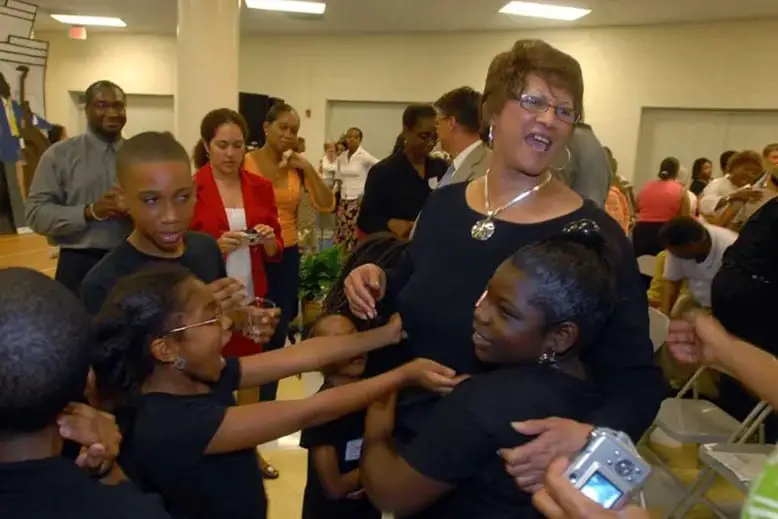
Due to her experience at Harry Harding High School, her parents decided to send her an integrated school because they wanted her to know that not all white people were the same.
Counts lived with relatives in Yeadon, Pennsylvania, where she finished her sophomore year. Her aunt and uncle met with the school principal to share what she experienced at previous school and explained why she would be attending their high school.
They wanted to ensure that their niece would be treated equally. Despite not knowing about the meeting, Counts found her time in Yeadon pleasant but felt homesick.
Following her sophomore year, she transferred to Allen School, an all-girls private school in Asheville, North Carolina. While the student body was not integrated, the faculty was.
Counts graduated from Allen School before returning to Charlotte to attend Johnson C. Smith University, where she earned her degree in Psychology in 1964. During her time there, she pledged Delta Sigma Theta sorority.
After college, she moved to New York, where she worked with abused and neglected children. Eventually, she returned to Charlotte and dedicated herself to nonprofit work with children from low-income families.
She remains actively involved with her alma mater and advocates for preserving the history of Beatties Ford Road.


